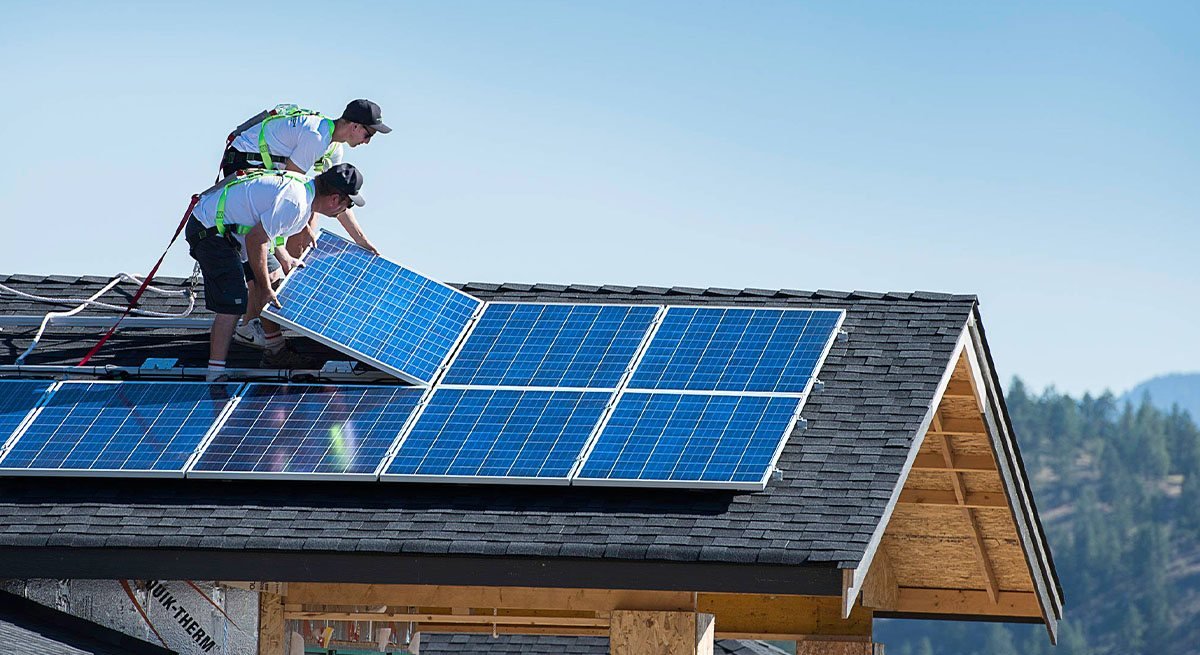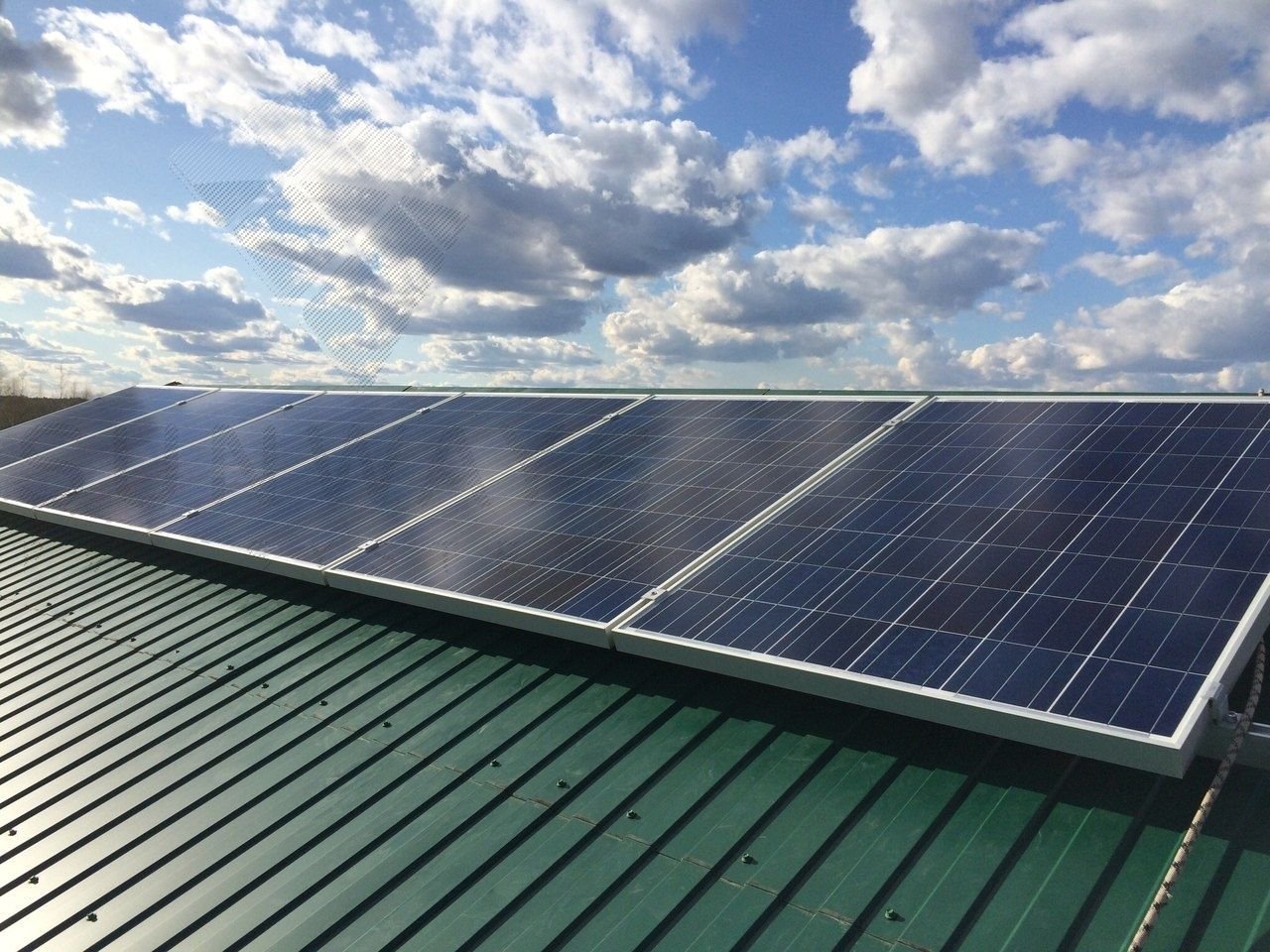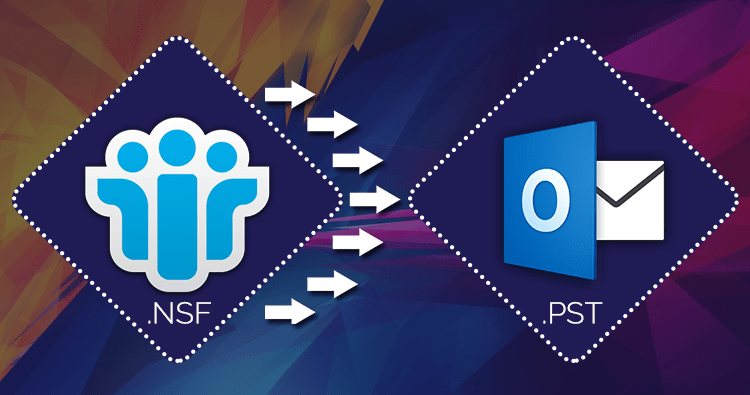In the ever-evolving world of renewable energy, solar panels stand out as a beacon of sustainable power. Harnessing the sun’s energy to generate electricity is not only eco-friendly but also cost-effective. However, to ensure the longevity and optimal performance of your solar panels, proper maintenance is crucial. This comprehensive guide will walk you through everything you need to know about solar panel maintenance, from routine checks to troubleshooting common issues.
Table of Contents
I. Understanding the Basics
A. How Do Solar Panels Work?
Before delving into maintenance, it’s essential to understand the basic principles behind solar panels. Photovoltaic cells convert sunlight into electricity through the photovoltaic effect. This process involves the absorption of sunlight by semiconductor materials, creating an electric current.
B. Components of Solar Panels
- Solar Cells: These are the building blocks of solar panels, responsible for converting sunlight into electricity.
- Inverter: Converts direct current (DC) generated by solar panels into usable alternating current (AC) for your home.
- Mounting Structure: Supports and positions the solar panels to maximize sunlight exposure.
- Wiring and Connectors: Transmit electricity from solar panels to the inverter and subsequently to your home.
II. The Importance of Regular Maintenance
A. Maximizing Efficiency
Regular maintenance ensures that your solar panels operate at peak efficiency. Dust, dirt, bird droppings, and other debris can accumulate on the panels, reducing their ability to capture sunlight. Periodic cleaning is essential to maintain optimal energy production.
B. Prolonging Lifespan
Proactive maintenance not only enhances efficiency but also extends the lifespan of your solar panels. Addressing minor issues promptly prevents them from escalating into major problems that could result in expensive repairs or replacements.
III. Solar Panel Maintenance Checklist
A. Cleaning
- Frequency: Clean your solar panels at least twice a year, or more frequently in areas with heavy dust or pollution.
- Method: Use a soft brush, sponge, and a mild detergent to clean the panels. Avoid abrasive materials that could scratch the surface.
B. Inspection
- Visual Checks: Regularly inspect your solar panels for any visible damage, such as cracks or discoloration.
- Wiring: Ensure all wiring and connectors are intact and free from damage.
C. Monitoring Energy Output
- Compare Performance: Keep track of your solar panel’s energy output and compare it to the expected values. A sudden drop in performance may indicate a problem.
- Inverter Checks: Monitor the inverter for error codes and address any issues promptly.
IV. Troubleshooting Common Issues
A. Shading
Shading, even from a small object, can significantly impact solar panel efficiency. Trim nearby vegetation and address any shading issues promptly to maximize sunlight exposure.
B. Inverter Problems
- Error Codes: Understand the meaning of inverter error codes. Consult the manual or contact your solar panel provider if you encounter issues.
- Professional Inspection: If you’re unable to resolve inverter issues, seek professional assistance.
V. Seasonal Considerations
A. Winter Precautions
In snowy regions, promptly clear snow from solar panels to ensure they continue generating electricity. Additionally, angle adjustment can optimize sunlight absorption during shorter winter days.
B. Summer Optimization
Adjust the tilt of solar panels during summer months to capture maximum sunlight. Regularly check for any heat-related issues, such as thermal degradation.
VI. Safety Measures
A. Switching Off
Before conducting any maintenance, ensure your solar panels are switched off to prevent electric shock.
B. Professional Assistance
For complex issues or if you’re unsure about handling certain maintenance tasks, seek assistance from a certified solar panel technician.
Conclusion
For commercial solar panels, the scale amplifies maintenance considerations. Regular inspections become even more critical to ensure uninterrupted energy production. Additionally, businesses should prioritize professional assessments and consider tailored maintenance plans to address the specific challenges that accompany larger solar installations.






